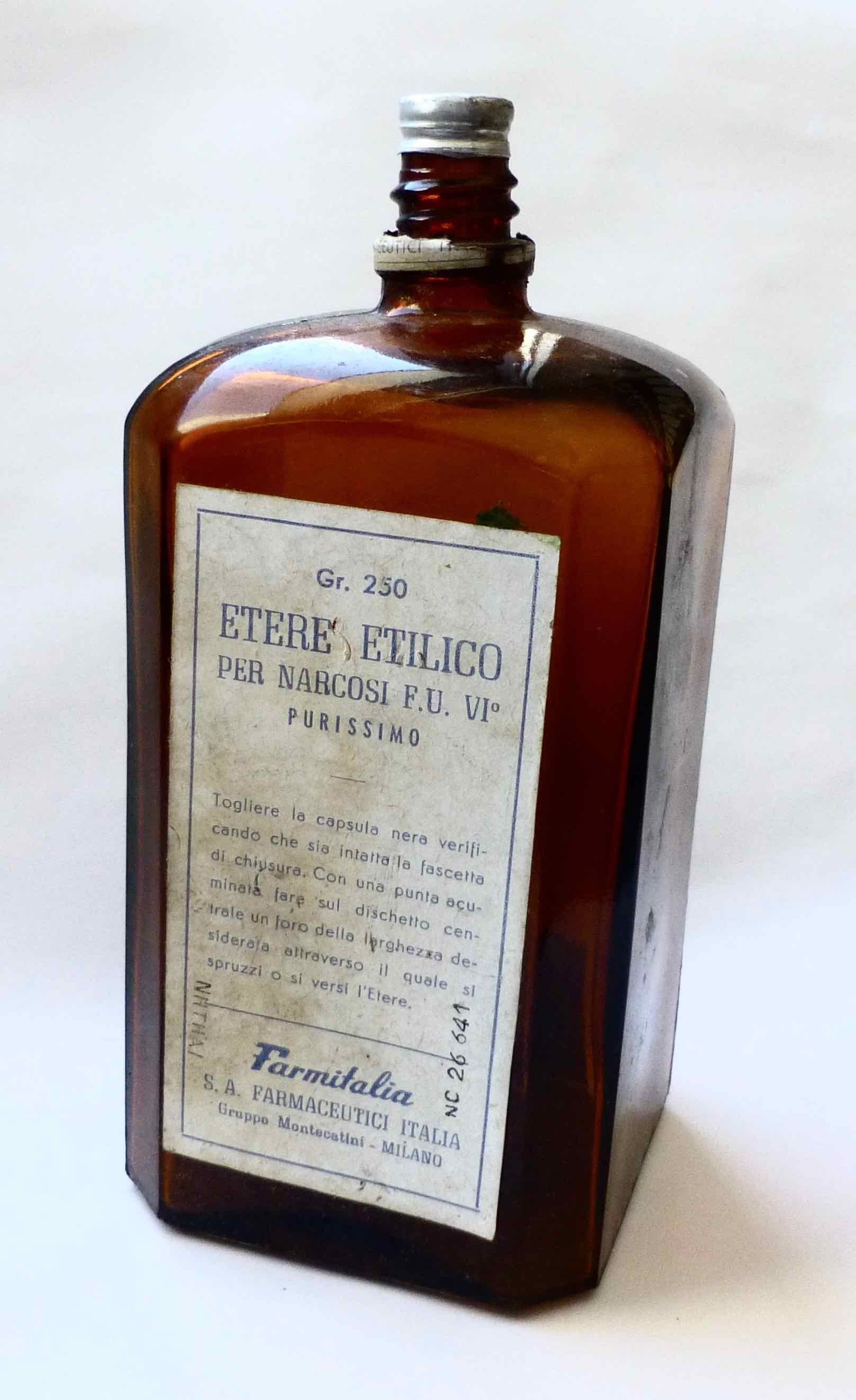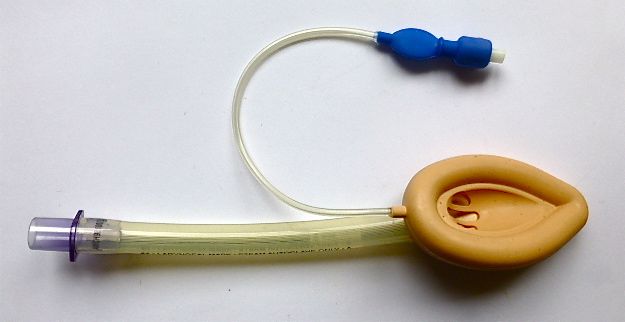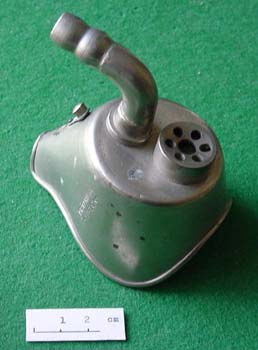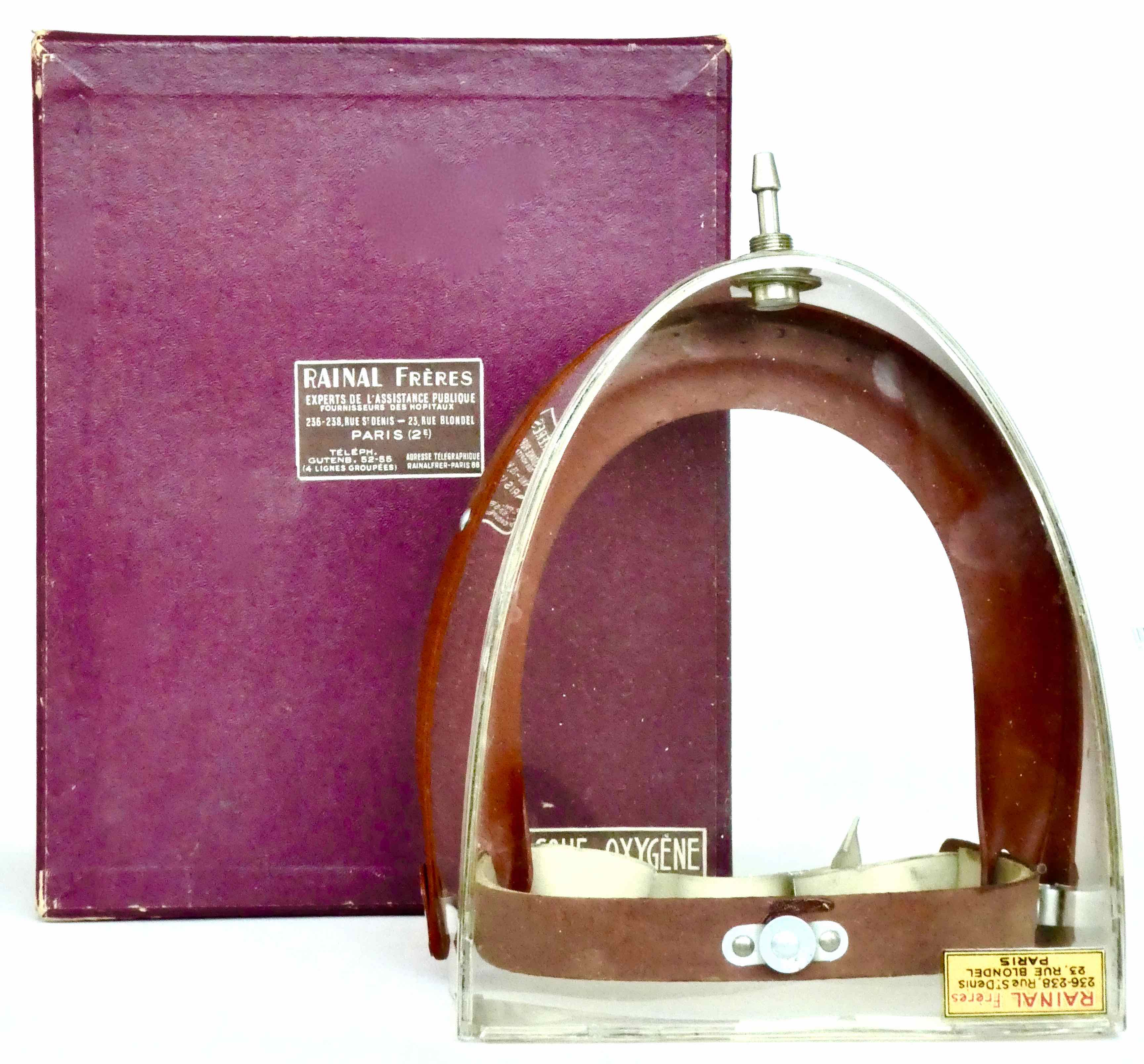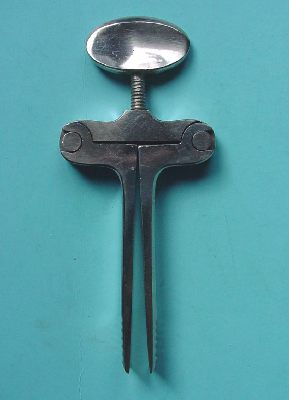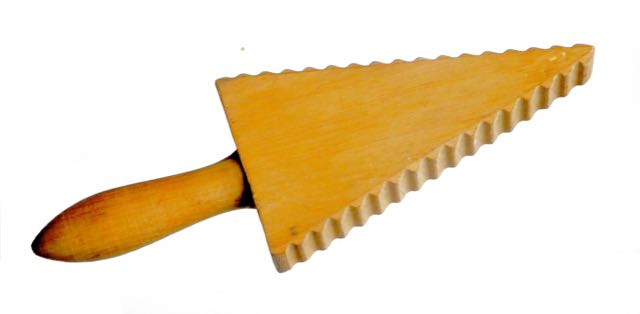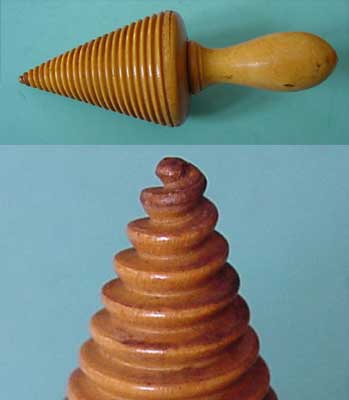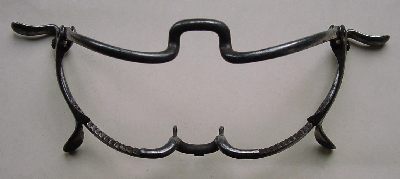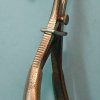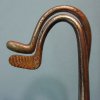Anesthesia |
||
Ether, transport (2) |
||
Ether-air mixtures are easily combustible, explosive and therefore keep away from sources of ignition. However, diethyl ether and similar substances may become dangerous on long term storage. These hazards caused by organic peroxides and accidents caused by them have been known for a long time, but they are forgotten again and again. In the list of substances that led to accidents, the peroxides ranked 11th in 1985 with 1.5% of all events. In the Organikum of 1963 it is especially feared ether peroxides, which are e.g. from ethyl ether, diisopropyl ether, tetrahydrofuran and dioxane on standing, are easily formed in air and light. The first etheric explosion in the Charité Ferdinand Sauerbruch experienced in 1937 in the scabbing of a lung with a cautery.
Cave: Organic peroxides are among the very dangerous substances! In case of unusual viscosity or crystal formation in the bottle or on the closure do not move and do not open! Peroxides can be tested by adding 2 ml of glacial acetic acid and potassium iodide to 1 ml of ether / isopropanol / butanol. Forming iodine indicates peroxides.
|
Anesthesia |
||
Laryngeal mask |
||
From 1981 on, the English anesthesiologist Archibald BRAIN (* 1942) developed a mask that allows the airways to be kept open during anesthesia. If endotracheal intubation is impossible for technical reasons, but the face mask is too lengthy to maintain, anesthesia may be administered via this so-called "laryngeal mask" since 1991.
Weiterentwicklung Bei der Intubationslarynxmaske (ILMA) kann nachträgliche ein Endotrachealtubus eingeführt werden. |
Anesthesia |
||
Mask (1), combined |
||
Around 1903, the Hamburg surgeon Paul SUDECK published a mask, which soon became widespread. It was used for both ether and chloroform. A cotton ball was placed in the upper opening, onto which the anesthetic was dripped. A side-mounted expiration valve prevented spent gas from accumulating in the mask.
|
Anesthesia |
||
Mask (2), Draeger |
||
The small mask by ROTH-DRAEGER represents the link between the "good old masks" and the highly complicated equipment of our day: the connecting piece connected them with gas bottles that were no longer held in the hand ...
|
Anesthesia |
||
Mask, oxygene by BINET and BOCHET |
||
Léon BINET (1891-1971) took part in the Verdun fighting in 1914, and in 1917 he was called into the working group of Charles ACHARD to study the effects of combat gauze (André Cornet, Léon Binet physiologiste et médecin, in: Histoire des Sciences mèdicales , Vol. 26 n ° 4 1992 p.259-262).
About the iron lung
Lit.: Léon Binet, Madeleine Bochet, Poumons d'acier, Paris, Masson 1941. Binet L, Bochet M., Thoraco-abdominal iron lung. New model with combined action]. La Presse médicale 1961. |
Anesthesia |
||
Mouth opener (1) |
||
Before the time of muscle relaxation doctors used the "Munsdsperrer" developed by Lorentz HEISTER in the Barockzeit.
Lorenz HEISTER (1683-1758), who can be described in some respects as EISENBARTH's pupil, is considered one of the fathers of scientific surgery. Heister was present as a student in several operations of Eisenbartts and decided to first learn manual surgery, and then study medicine. Würzburg medicine of the 18th century was initially under the influence of the University of Leiden. Since the northern Netherlands was able to remain neutral in the Thirty Years' War, science was able to thrive here and influence the rest of the empire. The impetus for new developments came from the prince-bishops, who proved themselves to be progressive and generous supporters and wanted to realize the Leiden example in Würzburg as well. As early as the turn of the 17th and 18th centuries, Prince-Bishop Johann Philipp von Greiffenklau (1699-1719) set himself the goal of igniting the spirit of the Leiden School in Würzburg. He made numerous enhancements and improvements at Juliusspital to facilitate clinical education. Around 1720, Philipp Franz von Schönborn (1719-1724) transformed the garden pavilion of the Juliusspital, built by his predecessor in 1704, into an anatomical theater based on the example of Leiden and created the position of an anatomical prosector, who was also to be the Oberwundarzt of the Juliusspital. It was occupied in 1724 by Bishop Christoph Franz von Hutten (1724-1729) with Louis Sivert, a Parisian surgeon. With him began the series of practical surgeons at Juliusspital, who were initially in personal union as assistants of the professor of practical anatomy. Sivert's choice seemed to have been a stroke of luck, because he proved to be extremely skilled, but he left Würzburg the following year. The goal of bringing about an upsurge in surgery and anatomy was believed to have been achieved by Friedrich Karl von Schönborn (1729-1746) in 1731 by the appointment of the famous Lorenz Heister (1683-1758). Although the foundation letter allowed only Catholics in Würzburg doctorate and admission to the faculty, the Protestant received a generous offer, which even guaranteed free exercise of religion. However, Heister could not be taken away from his chair at the University of Helmstedt. Finally, in 1731, Georg Christoph STANG (1704-1779), who had received his education in Paris and Strasbourg, found a suitable senior surgeon for the Juliusspital, who for 48 years honestly did his duty as a surgeon, demonstrator of anatomy and midwifery teacher. This is how HEISTER became professor of anatomy and surgery in Altdorf. In 1720 he decided to write a German textbook for surgery, in which also the modern medicine for eyes and teeth and obstetrics should be included. HEISTER was a comprehensive mind of great interest to science. He owned a library of 12,000 volumes, had his own natural history cabinet and a collection of anatomical specimens. He also owned a collection of 470 surgical instruments, some made of silver. Heister has left many individual writings on medical and botanical issues.
|
Anesthesia |
||
Mouth opener (2a) from PITHA |
||
Austrian surgeon Franz Freiherr von PITHA (1810-1875), who ran a clinic in Prague, later in Vienna, despaired of the inevitable wound infections and became "knife-shy". Only with the discovery of antisepsis did he recommend his student again to take the knife. This PITHA was the first to try to protect its patients from excessive and one-sided anesthesia, using a single substance (ether or chloroform) with all its side effects. He was the first to try (1861, in a herniotomy) to follow the inhalation of a chloroform-ether mixture in addition a rectal enema with Tollkirschensaft to extend the effect of anesthesia without having to increase the Aether- and chloroform levels.
|
Anesthesia |
||
Mouth opener (2b) from MAUNDER |
||
If you rammed a PITHA mouth gag between the teeth of your patient and he moved his lower jaw, then the gag tipped and the violence took off at 0 or almost. This led the anesthesiologists (or ENT doctors) to give the wedge a round, gyro-shaped shape: if it was between his teeth, tilting was not possible.
|
Anesthesia |
||
Mouth opener (3) |
||
This mouth opener from my „Metzer Wunderkiste“ has two lateral levers and a trammel to fix a position. |
Anesthesia |
||
Mouth opener (4) |
||
This SEEMAN-SEIFFERT mouth opener belonged to the Elisabeth hospital in Luxemburg. WHITEHEAD published a similar device equipped with a tongue depreessor. |
Anesthesia |
||
Mouth opener (5) |
||
This ROSER-KOENIG mouth opener was invented in 1858.
|
Anesthesia |
||
Mouth opener (6) |
||
The mouth spreader presented here is characterized by two peculiarities:
“FERGUSSON, SIR WILLIAM (1808-1877). British surgeon, the son of James Fergusson of Lochmaben, Dumfriesshire, was born at Prestonpans, East Lothian, on the 20th of March 1808. After receiving his early education at Lochmaben and the high school of Edinburgh, he entered the university of Edinburgh with the view of studying law, but soon afterwards abandoned his intention and became a pupil of the anatomist Robert Knox (1791182) whose demonstrator he was appointed at the age of twenty. In 1836 he succeeded Robert Liston as surgeon to the Edinburgh Royal Infirmary, and coming to London in 1840 as professor of surgery in Kings College, and surgeon to Kings College Hospital, he acquired a commanding position among the surgeons of the metropolis. He revived the operation for cleft-palate, which for many years had fallen into disrepute, and invented a special mouth-gag for the same. He also devised many other surgical instruments, chief among which, and still in use to-day, are his bone forceps, lion forceps and vaginal speculum. In 1866 he was created a baronet. He died in London on the 10th of February 1877. As a surgeon Fergussons greatest merit is that of having introduced the practice of conservative surgery, by which he meant the excision of a joint rather than- the amputation of a limb. He made his diagnosis with almost intuitive certainty; as an operator he was characterized by self-possession in the most critkal circumstances, by minute attention to details and by great refinement of touch, and he relied more on his mechanical dexterity than on complicated instruments. He was the author of The Progress of A natomy and Surgery in the Nineteenth Century (1867), and of a System of Practical Surgery (1842), which went through several editions”.
This Sperrer was produced by the factory „Manufacture belge de Gembloux“ under the label N°20.525.14. |




